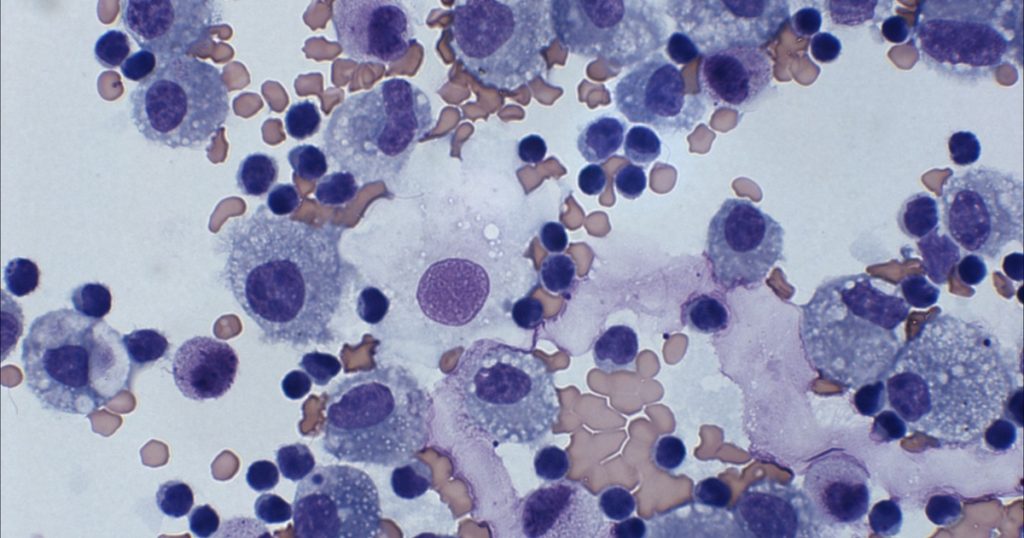Cytology diagnostic methods have a rich history dating back to ancient civilizations, where physicians began studying tissue and cellular structures. However, the development and modernization of these methods began in the 19th century with the invention of microscopes and other valuable tools that allowed for detailed examination of cells and their abnormalities.
The first recognizable cytology diagnostic methods as we understand them today emerged in the early 20th century. In 1928, the Papanicolaou test, widely known as the Pap test, was developed for early detection of cervical cancer and other cervical diseases. This test has significantly reduced the prevalence of cervical cancer by enabling early detection.
In the following years, cytology diagnostic methods continued to advance. Various staining and contrast techniques were developed to enhance visualization and differentiation of cells and their abnormalities. Other specific cytological tests were also developed to diagnose different types of cancers and diseases, such as breast cancer, lung cancer, or prostate cancer.
Modern cytology diagnostic methods encompass the examination of both external and internal organ cells. These methods involve obtaining tissue samples from sites such as the cervix, uterus, breast, or lungs, and examining them under a microscope. Additionally, cytological methods have been developed to study cells in blood cell analyses or other body fluids, such as urine or feces.
The history of cytology for animals largely parallels that of general cytology, given that many discoveries in the field of cytology were made using animal cells or model organisms. Here’s an outline that focuses more on discoveries that had particular significance for animal cells:

History facts about of cytology for animals

Cell theory (1838-1839): German biologist Matthias Jakob Schleiden and Theodor Schwann separately concluded that all plants and animals were made of cells. This led to the formation of the cell theory, which forms the foundation of modern biology.

Development of staining techniques (1850s): The use of staining techniques in the mid-19th century, such as those developed by German physician and bacteriologist Paul Ehrlich, enhanced the visibility of animal cell components and improved understanding of cell structure and function.

Nucleus Function (1879): Walther Flemming, a German biologist, discovered chromatin and the process of cell division, known as mitosis, providing a deeper understanding of the nucleus function in animal cells.

Cytogenetics (1880s): In the late 19th century, the field of cytogenetics was developed, focusing on the study of chromosomes and their role in heredity. A lot of work was carried out on fruit flies (Drosophila), which became a model organism for genetic studies.

Cell’s energy producers (1890s): Richard Altmann and Carl Benda discovered and named mitochondria in the late 19th century. Later work revealed these organelles as the powerhouses of both animal and plant cells.

The Neuron Doctrine (1891): Santiago Ramón y Cajal, using a staining technique developed by Camillo Golgi, provided evidence for the Neuron Doctrine stating that the individual cell (neuron) is the basic structural and functional unit of the nervous system.

Discovery of Vitamins (Early 20th century): Early in the 20th century, research showed that certain diseases in animals (and humans) were caused by dietary deficiencies, leading to the discovery of vitamins.

Endoplasmic Reticulum (1945): Keith Porter used electron microscopy to identify a lace-like structure inside cells that he named the endoplasmic reticulum, important in protein and lipid synthesis in animal cells.

DNA structure (1953): James Watson and Francis Crick proposed the double helix structure of DNA, which is fundamental to understanding how genetic information is stored and passed on in animal cells.

Cell-mediated Immunity (1960s): The concept of cell-mediated immunity, whereby certain immune cells combat cell-associated antigens, was developed in the 1960s, significantly advancing the understanding of the immune system in animals.

Cloning (1996): The birth of Dolly the sheep, the first mammal cloned from an adult somatic cell, marked a significant milestone in the history of cytology and genetic engineering.
Recent advancements in cell biology have involved an increased understanding of stem cells, genome sequencing and editing (e.g., CRISPR-Cas9), and the development of induced pluripotent stem (iPS) cells, which all continue to revolutionize the understanding and application of cytology in animals.

